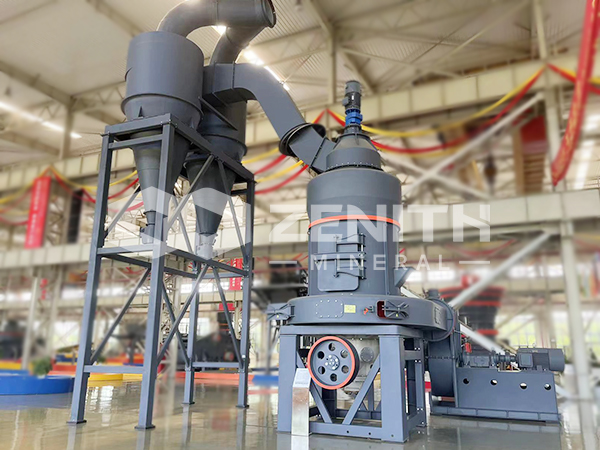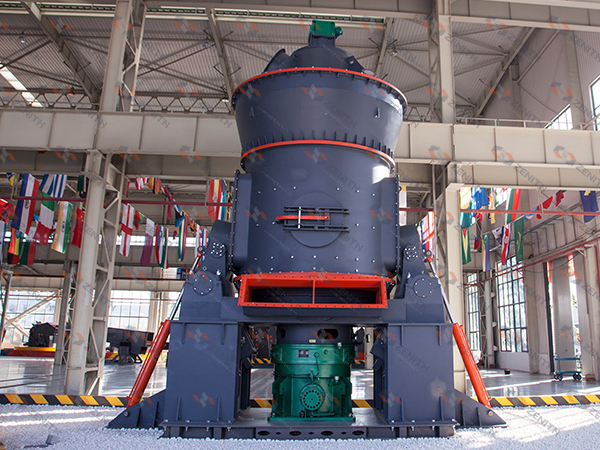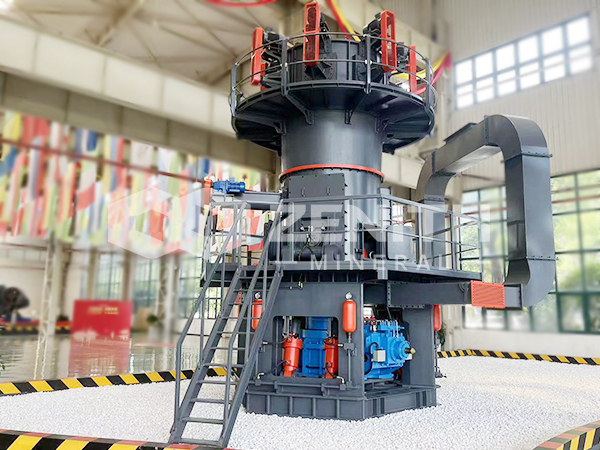Petroleum coke grinding process flow
2025-04-01 16:58:41
The petroleum coke grinding process flow mainly includes the following stages:
### 1. **Raw material crushing**
- Large pieces of petroleum coke (≤1200mm) are roughly crushed by jaw crusher to 15-50mm particles.
- Some processes will add screening steps before crushing to avoid repeated crushing of qualified small particles.
### 2. **Powder grinding**
- The crushed petroleum coke is sent to the storage hopper by the elevator and enters the grinding machine (such as Raymond mill, vertical mill, etc.) evenly and quantitatively through the vibrating feeder.
- During the grinding process, the grinding roller exerts extrusion and shearing effects on the material, and the fine powder enters the classification system with the air flow.
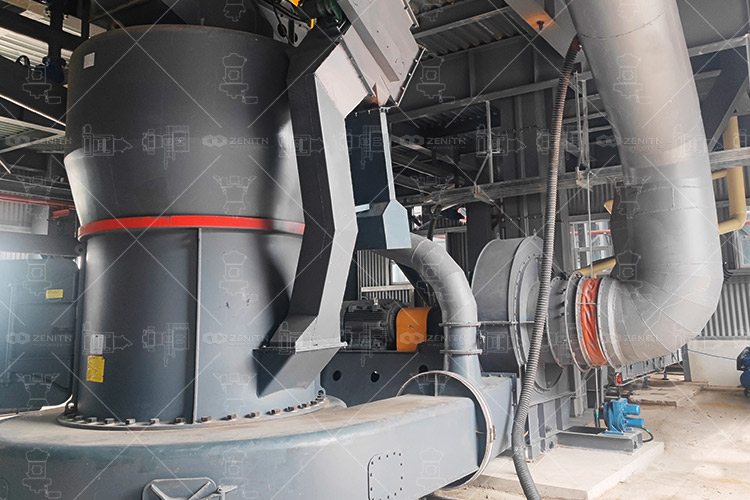
### 3. **Classification and collection**
- **Closed-circuit process**: The ground powder is classified by the powder selector, the unqualified coarse powder is returned to the mill for re-grinding, and the qualified fine powder (0.044-0.173mm) is collected by the cyclone powder collector and pulse dust collector.
- **Open circuit process**: Raw materials are first classified, and those that meet the fineness are directly stored, and coarse particles enter the mill for grinding.
### 4. **Finished product processing**
- The collected fine powder is sent to the finished product warehouse through the pneumatic conveying system, and packaged or canned for shipment.
- Dust removal equipment (such as pulse dust collector) is configured throughout the process to ensure dust-free production.
### Key equipment
- **Crushing**: Jaw crusher
- **Grinding**: Raymond mill (coarse powder), vertical mill (ultrafine powder)
- **Classification**: Powder selector, analyzer
- **Auxiliary**: Elevator, vibrating feeder, dust removal system
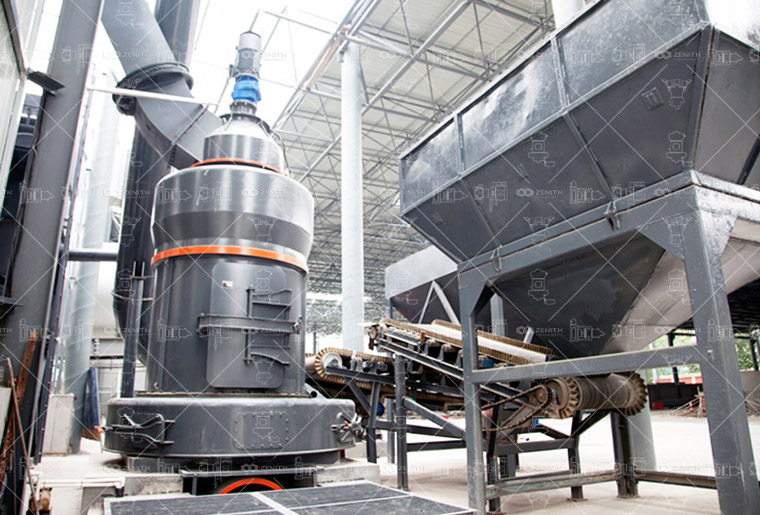
### Finished product use
- Low sulfur coke: graphite electrode, special carbon
- Medium sulfur coke: aluminum smelting
- High sulfur coke: calcium carbide, silicon carbide or fuel
If there are specific fineness and output requirements, the process configuration can be further optimized.







